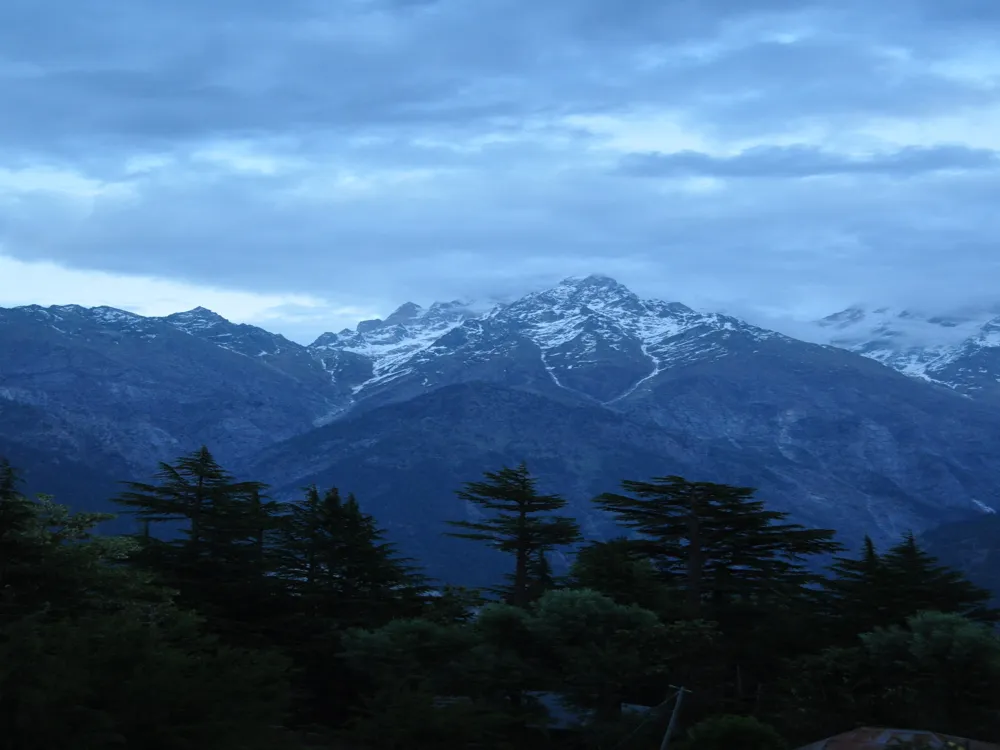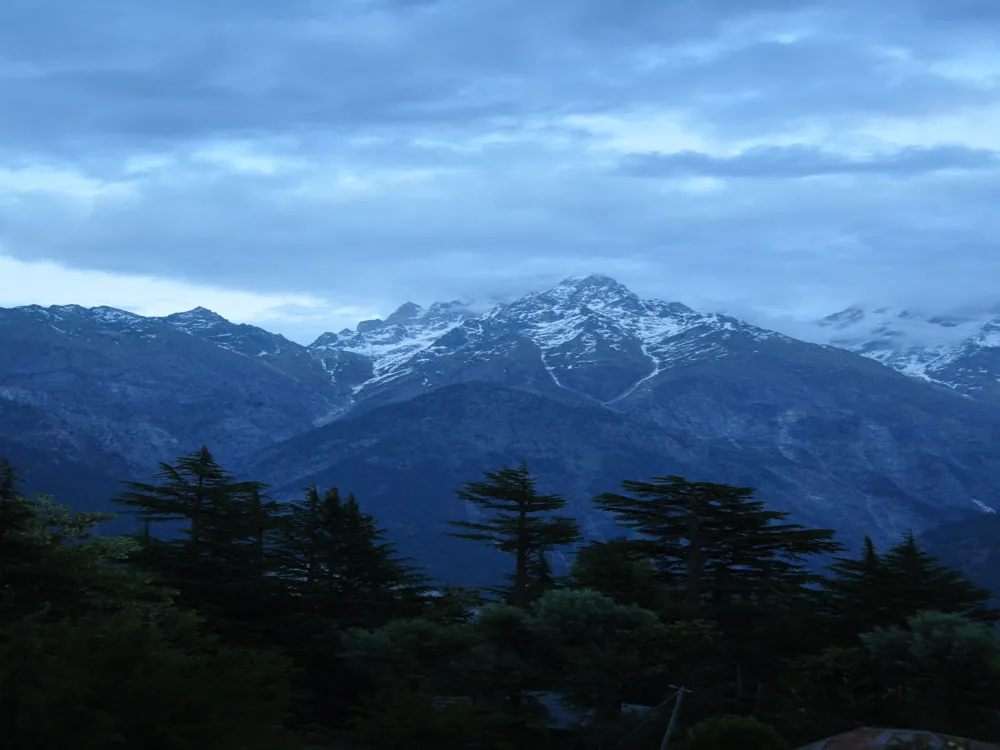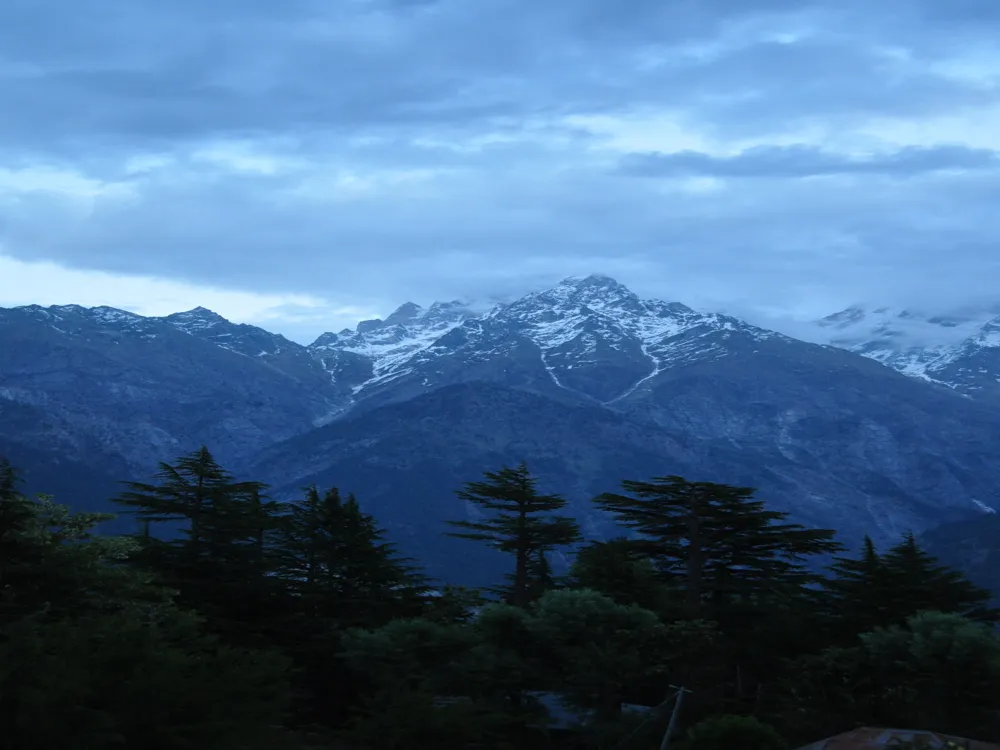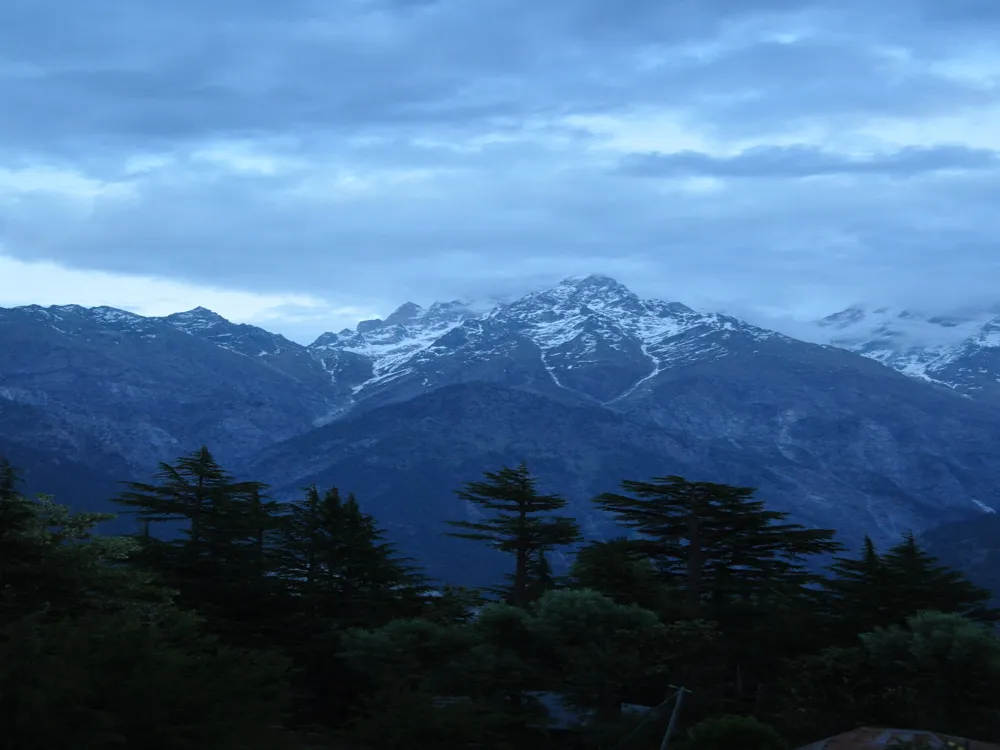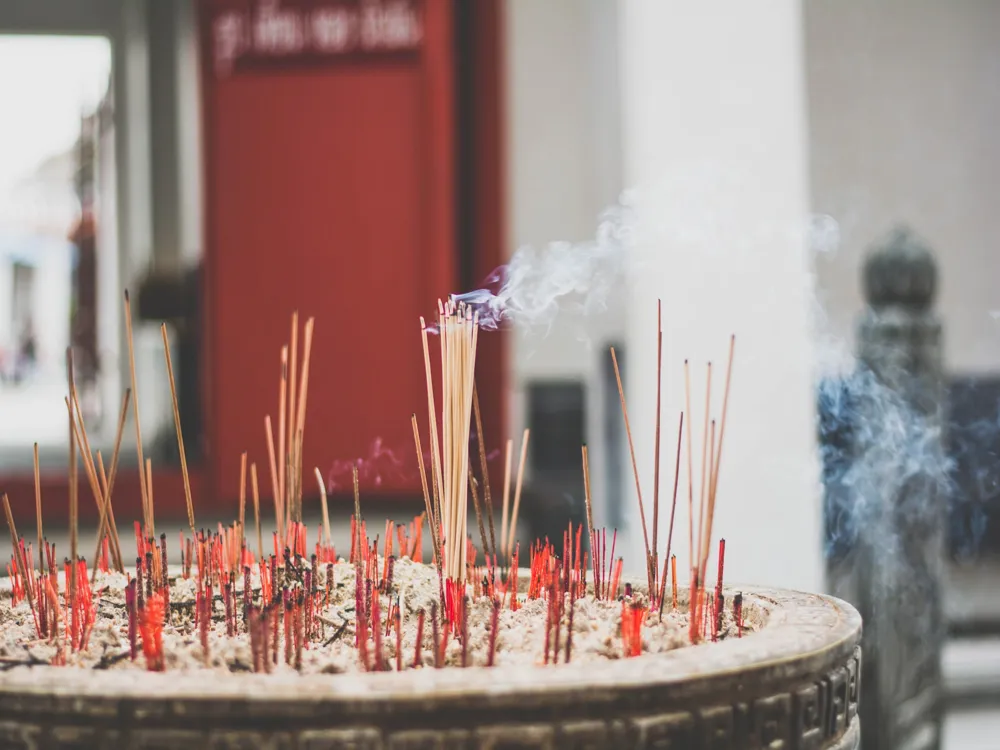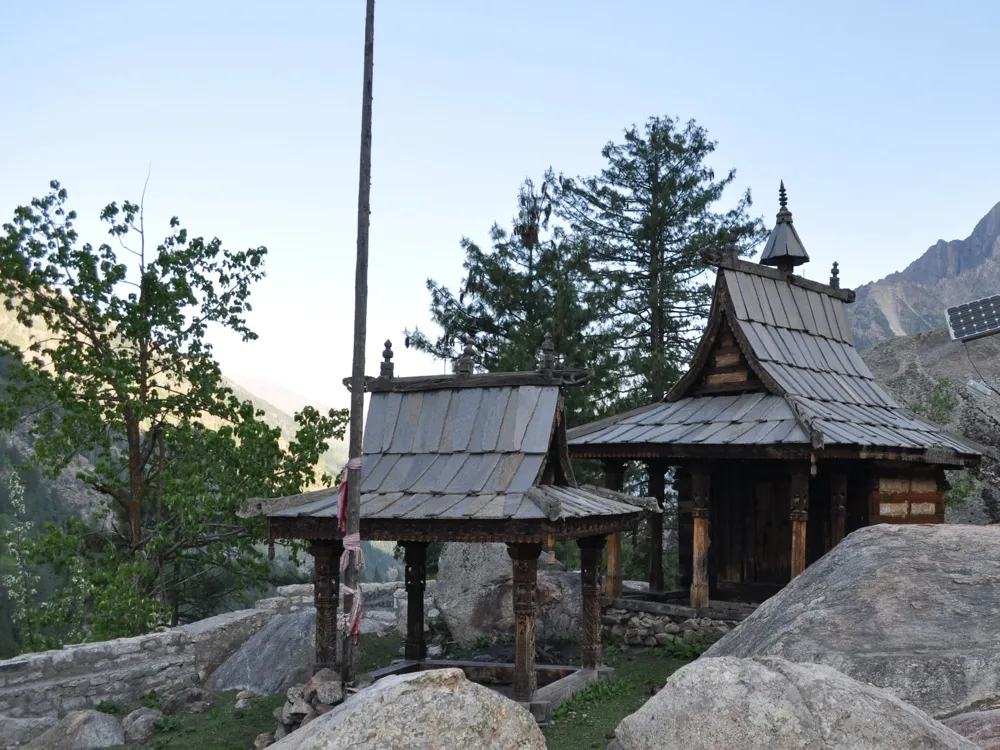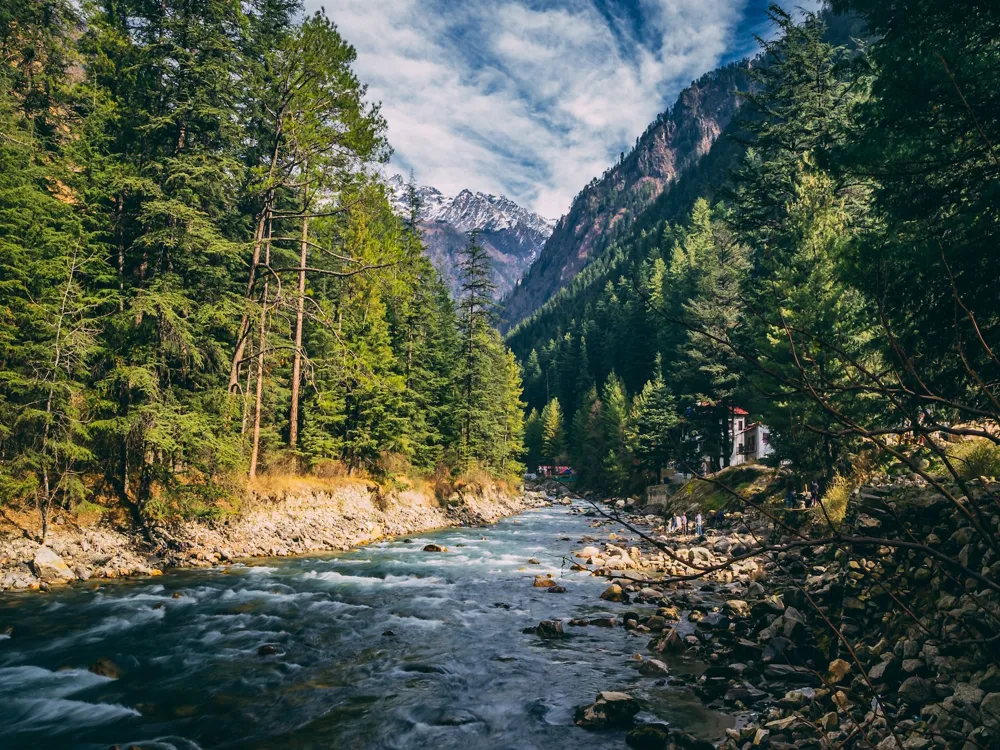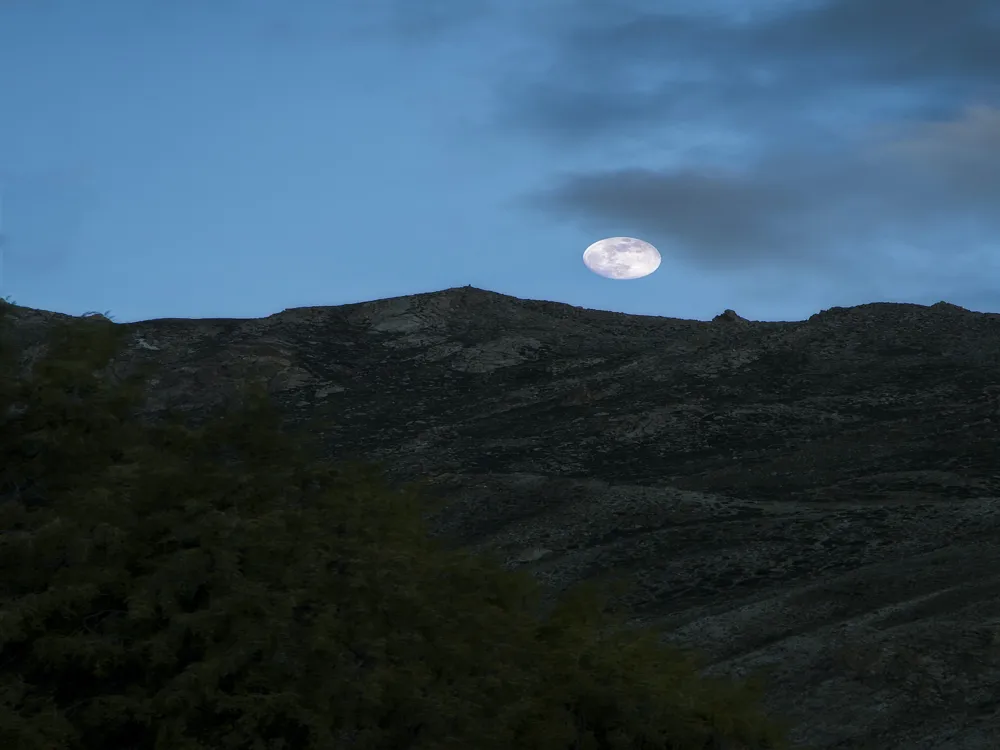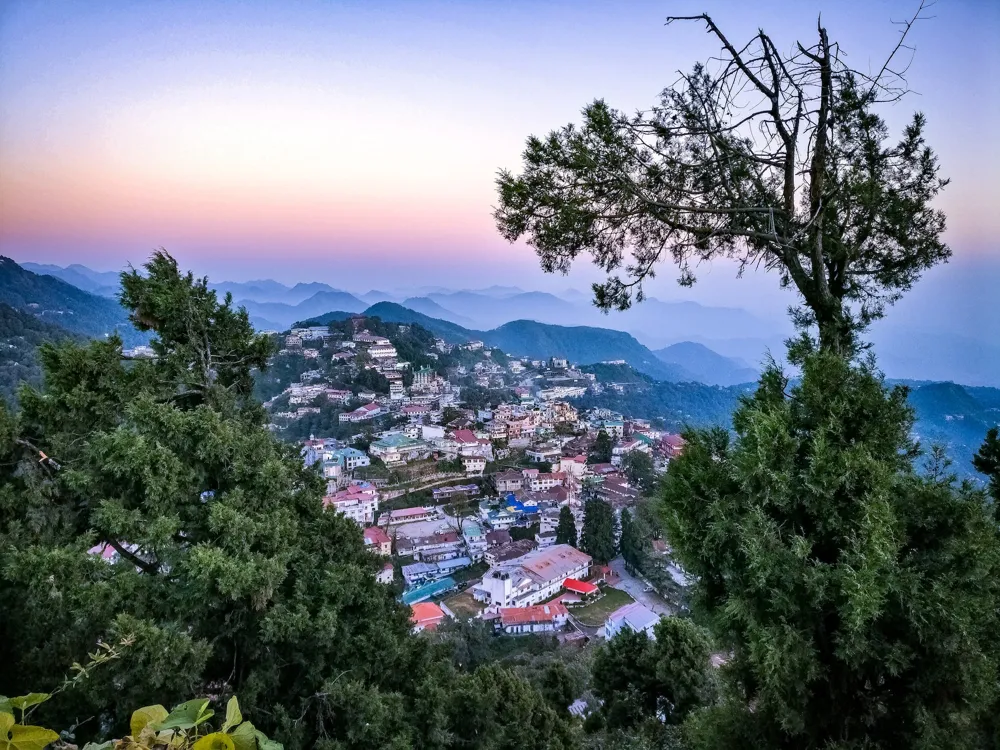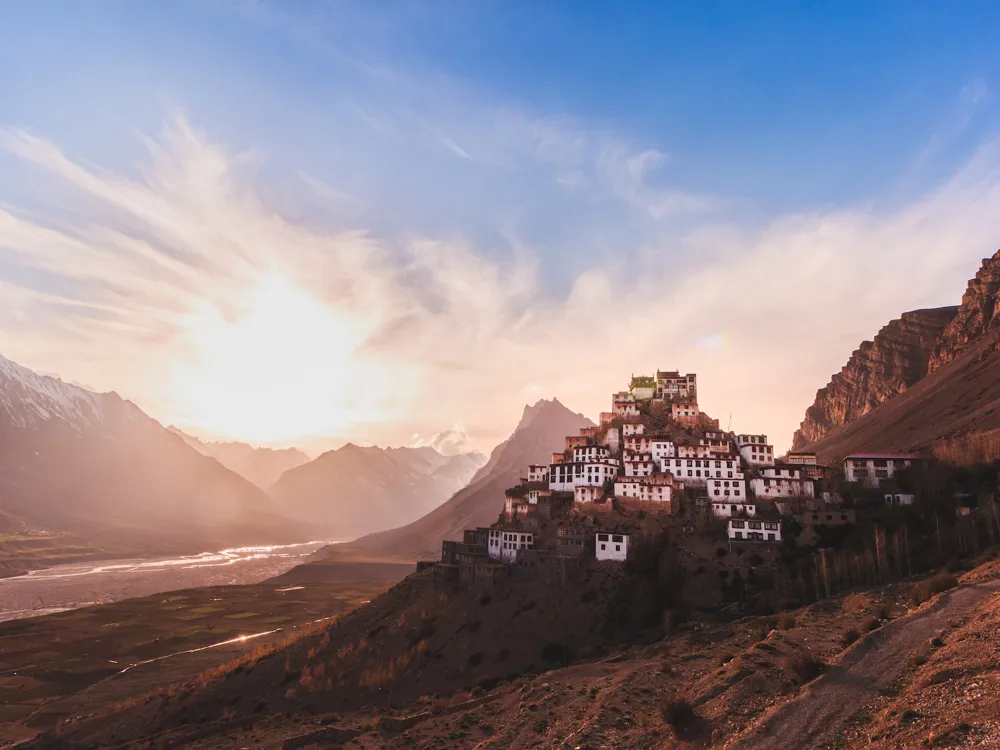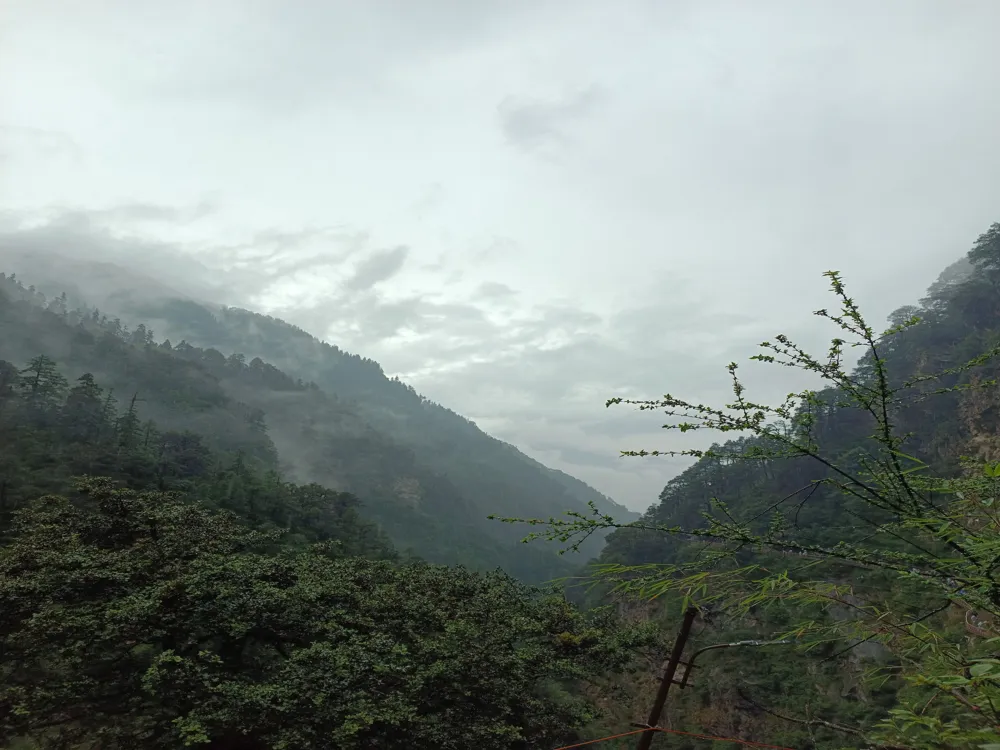Kinnaur Kailash, a prominent peak in the Kinnaur district of Himachal Pradesh, India, stands as a symbol of natural beauty and spiritual significance. Often confused with the Kailash Parvat in Tibet, Kinnaur Kailash holds its unique charm and allure. Nestled in the majestic Himalayas, it is not just a mountain but a revered pilgrimage site for Hindus and Buddhists alike. The peak, resembling a Shivalinga, is said to change colors during the day, presenting an enchanting view to the onlookers. The journey to Kinnaur Kailash is as mesmerizing as the destination itself. The region is dotted with lush apple orchards, quaint villages, ancient temples, and breathtaking gorges. The Sutlej River, meandering through the rugged landscape, adds to the picturesque beauty of the place. Kinnaur, often referred to as the 'Land of Gods', is steeped in mythology and folklore, making Kinnaur Kailash not just a trekker's paradise but a spiritual haven too. The architecture of Kinnaur Kailash is a natural marvel, showcasing the grandeur of the Himalayas. The peak, with its imposing height of approximately 6,500 meters, dominates the landscape, instilling awe and reverence. The unique feature of Kinnaur Kailash is the naturally formed Shivalinga-like structure on the top, which is about 70 feet high and is considered sacred. The surrounding region is a splendid amalgamation of nature's artistry and human craftsmanship. The temples and monasteries in the vicinity, built in the traditional Kinnauri style, are a testament to the region's rich cultural heritage. These structures are characterized by intricate wood carvings, gabled roofs, and an amalgamation of Hindu and Buddhist architectural influences, reflecting the syncretic culture of Kinnaur. The local architecture, using wood and stone, is not only aesthetically pleasing but also well adapted to the harsh climatic conditions of the high Himalayas. The ideal time to visit Kinnaur Kailash is from May to October when the weather is relatively pleasant, and the roads are accessible. The monsoon months, especially July and August, can be tricky due to landslides and should be avoided. Given the high altitude, acclimatization is crucial. Visitors should spend a few days getting used to the altitude. Physical fitness is essential, as the trek can be demanding with steep ascents and descents. Respect local customs and traditions. Kinnaur has a rich cultural heritage, and visitors are expected to be mindful of local sensitivities, particularly in religious sites. To reach Kinnaur Kailash, one must first travel to Kalpa, which is well-connected by road. The nearest airport is in Shimla, from where one can hire a taxi or take a bus to reach Kalpa. The nearest railway station is also in Shimla. From Kalpa, Kinnaur Kailash can be reached through a trek, which is both challenging and rewarding, offering panoramic views of the Himalayas and an insight into the vibrant Kinnauri culture. Read More: Overview of Kinnaur Kailash in Kalpa, Himachal Pradesh
Architecture of Kinnaur Kailash
Tips When Visiting Kinnaur Kailash
Best Time to Visit
Acclimatization and Fitness
Local Customs and Traditions
How To Reach Kinnaur Kailash
Kinnaur Kailash
Kalpa
Himachal Pradesh
₹ 15,999 onwards
View kalpa Packages
Weather :
Tags : Hills & Valleys
Timings : Best time to visit during pleasant weather, sunrise, sunset and favourable seasons amid day hours
Timings : Best time to visit during pleasant weather, sunrise, sunset and favourable seasons amid day hours
Time Required : 1-2.5 hrs
Entry Fee : No entry fee
Entry Fee : No entry fee
Planning a Trip? Ask Your Question
Kalpa Travel Packages
View All Packages For Kalpa
Top Hotel Collections for Kalpa

Private Pool

Luxury Hotels

5-Star Hotels

Pet Friendly
Top Hotels Near Kalpa
Other Top Ranking Places In Kalpa
View All Places To Visit In kalpa
View kalpa Packages
Weather :
Tags : Hills & Valleys
Timings : Best time to visit during pleasant weather, sunrise, sunset and favourable seasons amid day hours
Timings : Best time to visit during pleasant weather, sunrise, sunset and favourable seasons amid day hours
Time Required : 1-2.5 hrs
Entry Fee : No entry fee
Entry Fee : No entry fee
Planning a Trip? Ask Your Question
Kalpa Travel Packages
View All Packages For Kalpa
Top Hotel Collections for Kalpa

Private Pool

Luxury Hotels

5-Star Hotels

Pet Friendly







